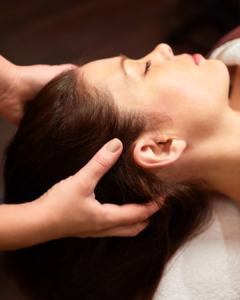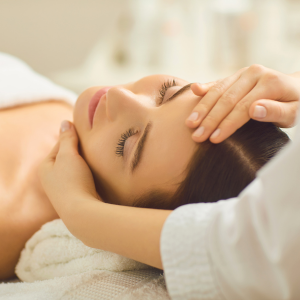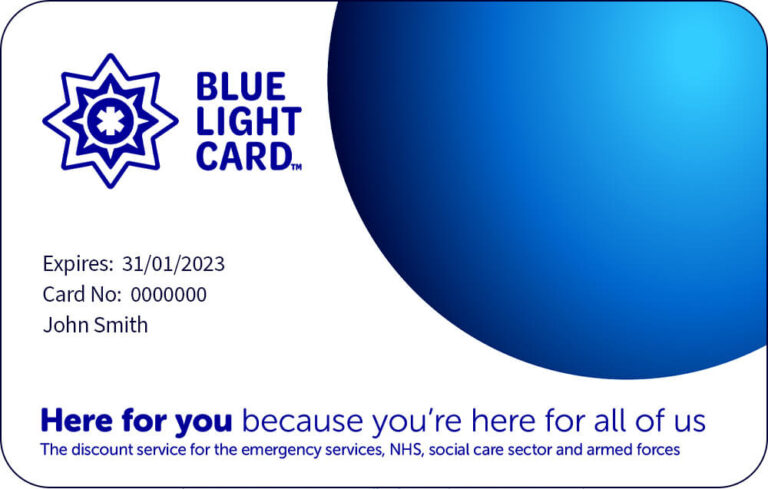5 Star Rated Expert Massage Therapy & Physiotherapy, Bathgate, West Lothian
- Home
- Expert Indian Head Massage
#1 Expert Indian Head Massage
Stressed? Migraines? Then choose Indian Head Massage.
This form of massage has been practiced for thousands of years, focusing on the upper body, especially the head, neck, shoulders, and upper back. It is designed to promote relaxation, relieve tension, and restore balance to the body’s energy flow. The practice of Indian Head Massage involves a series of movements, including kneading, rolling, and tapping, to stimulate the scalp, release muscle tension, and enhance overall wellbeing.
Total Relaxation
Indian head massage offers profound relaxation benefits by targeting key areas of tension in the scalp, neck, and shoulders.
This traditional Ayurvedic practice helps calm the nervous system, promoting a sense of inner peace and mental clarity. The rhythmic, gentle movements stimulate blood circulation, easing muscle tightness and reducing stress-related symptoms like headaches and fatigue. As tension melts away, the body releases endorphins—natural feel-good hormones that enhance emotional well-being.
Regular Indian head massage sessions can improve sleep quality, boost energy levels, and restore balance to both mind and body, making it a holistic and rejuvenating therapy for modern-day stress relief.

Health Benefits of Indian Head Massage
Indian Head Massage offers a wide array of physical, mental, and emotional benefits. These benefits can range from relieving everyday stress to improving overall health. Some of the key benefits of this form of massage include:
Relief from Tension and Pain: Many individuals suffer from neck, shoulder, or upper back tension, often resulting from poor posture or mental stress. Indian Head Massage targets these areas and can effectively alleviate tension, reduce pain, and increase flexibility (Tucker & Barker, 2015). The manipulation of soft tissues and muscles can help loosen tight muscles, reducing headaches and improving mobility.
Improved Circulation and Hair Health: The massage techniques used in Indian Head Massage stimulate blood flow to the scalp, which can improve the health of hair follicles, potentially enhancing hair growth and preventing hair thinning. Furthermore, better circulation to the head promotes the delivery of oxygen and nutrients to the brain, leading to improved cognitive function and clarity (Hansen, 2017).
Mental Clarity and Focus: The calming effects of Indian Head Massage help to clear mental fog and improve focus. By reducing tension and promoting relaxation, individuals often experience enhanced concentration and sharper cognitive abilities (Tucker & Barker, 2015). This benefit makes the therapy ideal for those who experience mental fatigue due to long working hours or stressful environments.
Improved Sleep Quality: Many individuals with chronic stress or anxiety struggle with insomnia or poor-quality sleep. The relaxation promoted by Indian Head Massage can help regulate sleep patterns, leading to deeper and more restorative sleep (Field, 2014).
Emotional Wellbeing: Beyond the physical benefits, Indian Head Massage can improve emotional wellbeing by reducing anxiety and promoting a sense of calm. The release of tension and stress provides mental clarity, fostering a more positive outlook and emotional balance.

Specific massage techniques to balance the nervous system. Ischemic compression on trigger points to relieve pain.
Passive stretching to improve range of motion. Active stretching to engage the client in the process.
To further help with tight muscles, a therapist guided contract and relax method of gaining further pain relief and mobility throughout the body
Effleurage: Long, sweeping strokes to warm up the muscles. Petrissage: Kneading and squeezing motions to release tension.
Identifying and applying pressure to trigger points to alleviate pain. Ischemic compression to release tight knots in muscles
Gentle movements to improve joint flexibility. Rotation and oscillation techniques to enhance joint function.
Technique for muscle contraction and stretching used to increase flexibility, for releasing tight muscles and ROM.
Slow, firm pressure targeting deeper muscle layers. Cross-fiber friction to break up adhesions and scar tissue.
Friction applied across muscle fibers to break up adhesions. Useful for addressing scar tissue and improving mobility and painful areas.
Applying sustained pressure to release tension in the fascia. Stretching and lengthening techniques to improve flexibility.



